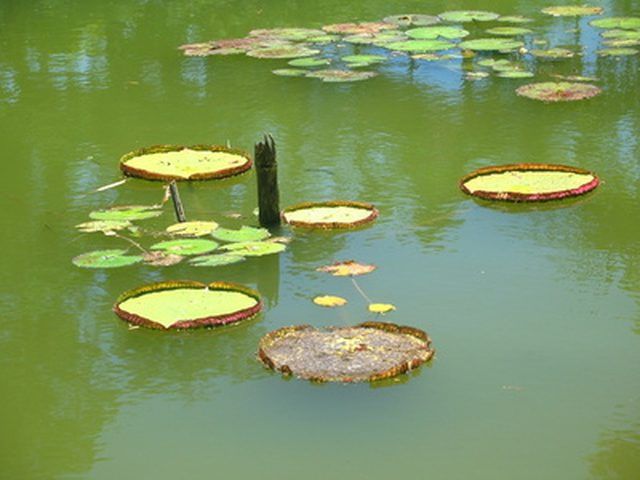Bulbs
Flower Basics
Flower Beds & Specialty Gardens
Flower Garden
Garden Furniture
Garden Gnomes
Garden Seeds
Garden Sheds
Garden Statues
Garden Tools & Supplies
Gardening Basics
Green & Organic
Groundcovers & Vines
Growing Annuals
Growing Basil
Growing Beans
Growing Berries
Growing Blueberries
Growing Cactus
Growing Corn
Growing Cotton
Growing Edibles
Growing Flowers
Growing Garlic
Growing Grapes
Growing Grass
Growing Herbs
Growing Jasmine
Growing Mint
Growing Mushrooms
Orchids
Growing Peanuts
Growing Perennials
Growing Plants
Growing Rosemary
Growing Roses
Growing Strawberries
Growing Sunflowers
Growing Thyme
Growing Tomatoes
Growing Tulips
Growing Vegetables
Herb Basics
Herb Garden
Indoor Growing
Landscaping Basics
Landscaping Patios
Landscaping Plants
Landscaping Shrubs
Landscaping Trees
Landscaping Walks & Pathways
Lawn Basics
Lawn Maintenance
Lawn Mowers
Lawn Ornaments
Lawn Planting
Lawn Tools
Outdoor Growing
Overall Landscape Planning
Pests, Weeds & Problems
Plant Basics
Rock Garden
Rose Garden
Shrubs
Soil
Specialty Gardens
Trees
Vegetable Garden
Yard Maintenance
Amazon Rainforest Plants
Amazon Rainforest Plants. The Amazon rainforest is incredibly important to the planet's health because of its water supply and its plant life. According to Blue Planet Biomes, half of all the world's plant species live in tropical rainforests, which supply 40 percent of the world's oxygen and 25 percent of known medicines. The Amazon is the biggest...

The Amazon rainforest is incredibly important to the planet's health because of its water supply and its plant life. According to Blue Planet Biomes, half of all the world's plant species live in tropical rainforests, which supply 40 percent of the world's oxygen and 25 percent of known medicines. The Amazon is the biggest of all the rainforests, the world's largest river basin, and provides one-fifth of all the planet's free-flowing fresh water, as the World Wildlife Fund reports. Thus, the Amazon's abundance of plants constitutes one of Earth's most important resources.
Bromeliads
More than 2,700 species of bromeliads, including the pineapple, grow on earth, a vast number of them in the Amazon rainforest. These adaptable plants grow nearly everywhere in the forest: on the dimly lit floor, atop rocks, and even in the canopies of other plants and trees. They can grow in so many places because they do not need roots to gather water--instead they absorb it from the air. The water that pools in their leaves creates many tiny ecosystems, which host insects and even small frogs.
Orchids
Plant lovers around the world treasure orchids for their beauty and variety, and these plants are abundant in the Amazon rainforest. They use their pungent odor attract to insects, which in turn pollinate the plants. Moths exclusively pollinate some species of orchids, which means that these particular flowers' fragrances are far more powerful at night, when moths are active.
Water Lily
The largest flower in the world, the Water Lily, grows in the Amazon rainforest. Despite their size, Water Lilies are very light and thin, so that they can float on the water's surface. Their delicate nature prevents them from living in all but the calmest parts of the rivers and lakes.
Heliconia
Heliconia are some of the Amazon's most striking plants, with flowers shaped like lobster claws. Multiple bright colors can mix together on a single petal, creating stunning combinations. Like the orchid, gardeners favor these flowers because of their ornamental value. However, given the shape and structure of the flowers, only specialized birds and insects can reach their nectar and pollinate them.
Kapok Tree
The Kapok tree is the Amazon's largest tree. It can grow as high as 200 feet and have a trunk 11 feet in diameter. The Kapok trees are vital to the health of the rainforest's ecosystems, as other plants, such as bromeliads, grow in their branches, which also host insects, birds, frogs and bats. The latter come to the trees for their sweet-smelling flowers, and do the majority of the pollinating.